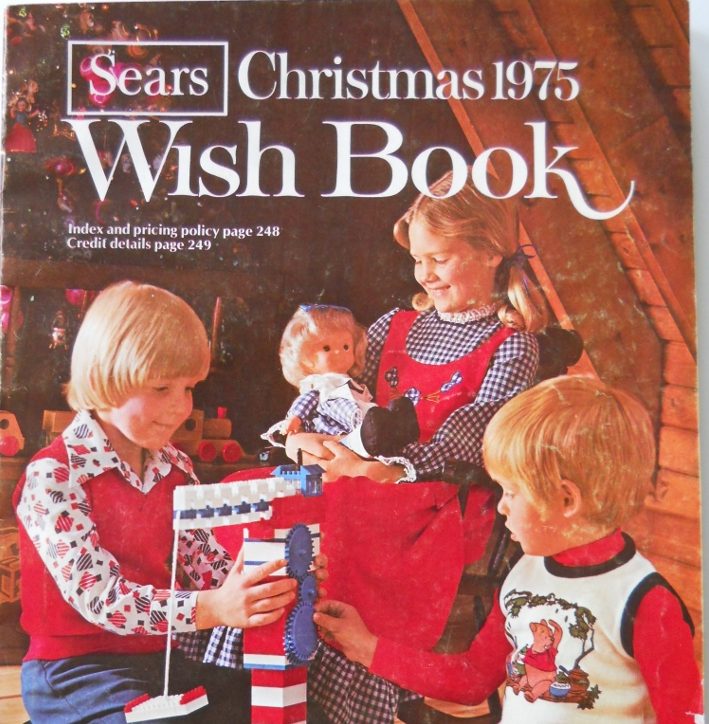
By Dan Haag
I’ve grown into the role of celebrating Christmas as an adult. I gather with friends and family, eat too much, grumble about politics, and fall asleep late afternoon in front of some televised parade where groups of young, energetic people are twirling flags and lip-syncing songs I’ve never heard of.
It’s largely what we do as grown-ups when the Yule Season rolls around.
There was a time, however, when it was different, when the meaning of Christmas ran a little deeper. I’m referring to, of course, Christmas catalogs.
If you’re of a certain age like me, you know what I’m talking about: those long-revered tomes of merriment chock full of wonder and joy.
As a kid, I knew Christmas was near when the dynamic duo of holiday catalog wish-list creation arrived: JC Penneys and Sears.
For those of you who have never had the pleasure of paging through one of these bad boys, let me break it down for you.
Each book ran about five feet thick and was likely made from the paper of a thousand oak trees. They easily weighed a quarter ton. If you dropped it on your foot, you’d be pinned like James Franco in “127 Hours” until someone happened upon you. If you dropped it on a small child or animal, they were done for. Many a mailman likely suffered slipped discs or rotater cuff injuries as they hauled these beasts to waiting mailboxes, cursing merrily all the way.
But, oh what treasures they held.
Sure, they were some gift ideas for adults: robes, jewelry, frying pans, and pajamas modeled by smiling folks who looked like they’d enjoyed a few too many turns at the nog bowl. But the real bounty lay toward the back: the toy section.
There, in glorious color, was everything a child could dream of from dream makers with names like Nerf and Mattel and Hasbro. Even now, I feel a bit faint just thinking about it.
When they arrived, I would eagerly snatch them up and dash to my room, homework or eating be damned.
From late fall to the morning of December 24, countless hours would be spent poring over toy-driven data with all the precision of planning the first lunar mission. It was critical to get your priorities in order before you made your official request to Santa Claus.
For me, a child of the late 70’s and early 80’s, that meant everything “Star Wars.” Action figures, coloring books, records, lunch boxes, costumes. I would even get excited about mundane items such as socks or sheets if they made some reference to the George Lucas masterpiece.
Those catalogs were durable, too. They could withstand the constant groping of grubby, crumby kid fingers for hours – nay, days – on end.
Lest you think I am extolling a crasser, more commercial version of Christmas past I assure you that is not the case. The catalogs promoted serious family togetherness. I would show my parents and grandparents toys I had circled or pages I’d dog-eared and would get the opportunity to explain, in vivid detail, what an AT-AT was or why exactly Han Solo needed an action figure with a fur-lined parka (because it’s REALLY cold on Hoth, dammit!) Honestly, it was my favorite part of the process.
The catalogs also gave me quality time with my sister as we’d talk and talk about the fascinating potential of a “Star Wars” and Barbie crossover event.
The catalogs, like the retailers that made them, have largely disappeared from the Christmas scene and that’s a shame. I just don’t see the appeal of gathering a family around the glowing warmth of a computer screen and scrolling listlessly through the endless morass that is Amazon.
Times may change, and that’s OK. I won’t begrudge a kid staring wide-eyed at an electronic image of a fidget-spinner (is that still a thing?)
For my part, I’ll be in the basement, reminiscing over the days of catalog shopping glory and Star Wars Christmas past.
Just promise me this: if you hear a distant, slowly crescendoing “pew, pew, pew” sound, please knock before entering. The Battle of Endor has neared a critical stage.


